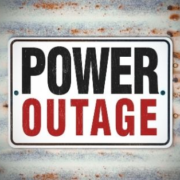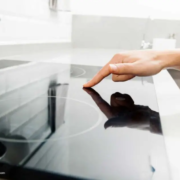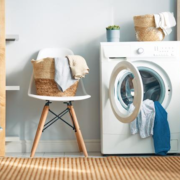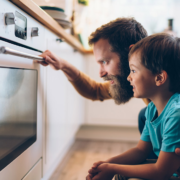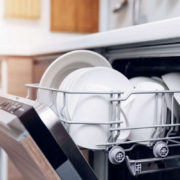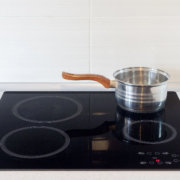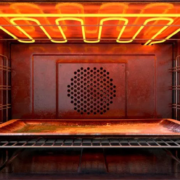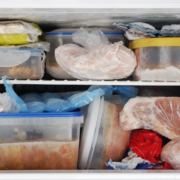Your Appliance Repair To-Do List for 2022
Important Steps for Maintaining Your Appliances in the New Year
The new year is finally here, which means it’s time to make sure all your household appliances are up to par. Winter can be hard on your appliances as you spend more time at home cooking and doing laundry. Some devices may need to be repaired over the next 12 months. You can save time and money by addressing these issues now before your appliances stop working all together. Add these tasks to your to-do list to keep your home or office running at peak efficiency.
Check the User Manual
Hopefully you still have all the manuals for your appliances. If you can’t find them, search for the exact make and model online to find a digital copy. See what the manufacturer recommends in terms of routine maintancne. Make sure you haven’t fallen behind on your duties and responsibilities. Some machines may need their parts replaced. Others may need a good cleaning or additional lubricant to prevent rust. Replace and clean all appliance filters according to the guidelines. Follow all recommendations to keep your appliances in working order.
Clear the Exhaust
Most washers and dryers have an exhaust with access to the outdoors. Make sure the area around the exhaust is clear of debris, including leaves, dirt, and snow. Clear out the inside of the exhaust to get rid of any lint or dirt that’s been accumulating for the last 12 months.
Check Connections
Ensure that all your appliances are securely connected to the power grid. All connecting pipes, vents, and exhausts should be securely attached as well. Watch out for warning signs that the cable or pipe needs to be repaired. If the connection is cracked, loose, rusted, or frayed, it may need to be replaced all together.
Watch Out for Cracks
Inspect the interior and exterior of your appliances for cracks, dents, and other signs of decay, such as bite marks or droppings from pests. These issues may prevent your appliances from working in the future. Consider having a repair specialist investigate the problem to make sure the appliance is safe to use.
Monitor Water and Electricity Usage
If there’s anything wrong with your appliances, your utility company will be the first to know. Go through your water and electricity bills over the last few months. Your bills will likely increase during the winter months, but a sharp increase in water or electricity usage should be a cause for concern. Some of your appliance may be using more water or electricity than normal, which is a sign that they need to be either repaired or replaced. They will likely continue using more and more natural resources until you address the issue, which means your bills will only get more expense as the year goes on.
Inspect Carbon Monoxide Monitors
If you are using appliances that emit hazardous gases or pollutants into the air, make sure your carbon monoxide alarm is working properly. Gas stoves, ovens, and space heaters can be a hazard to your health. If a gas leak should occur or the air is no longer safe to breathe, your alarm system will be your first line of defense. Change the battery if necessary and make sure the alarm is loud enough that you can hear it in an emergency.
Call the experts at Absolute Appliance Repair in San Francisco to schedule a routine maintancne check-up today. It’s the best way to avoid running into problems later in 2022. One of our team members will thoroughly inspect all your appliances, so you can keep using them for another 12 months.

